Moto G 5G Plus
The Moto G line finally has a 5G entry, so finally Motorola’s affordable range of devices, and one of the most popular (and populated) budget phone lines around, now caters to people who want a future-proofed phone. Meet the Moto G 5G Plus (yep, that’s its real name).
The Moto G 5G Plus (boy, that’s a mouthful!) isn’t just a step up from its Moto G brethren in terms of connectivity though, as it's also a heavy specs step up in a range of other areas. In fact, if we didn’t know any better we’d call this a Moto G9 phone (even though it’s only been nine months since the first Moto G8 phone, and barely a month since the last one).
One of these steps up is in the cameras, as the phone has four rear and two front-facing snappers. It’s also got the biggest screen of any in the Moto G line at 6.7 inches diagonally, and it’s also got a 21:9 aspect ratio. Plus, this is the first Moto G phone to have a side-mounted fingerprint sensor, and it’s one housed on the power button.
So the Moto G 5G Plus (we’re still having trouble getting that name right) is the biggest step up for a Moto G phone in a while, and given the company’s Motorola Edge just came out and the Motorola Razr 2020 is likely coming soon, the brand really needed something to keep the Moto G line interesting too. We got hands-on with the phone to see what it feels like to use.
Price and availability
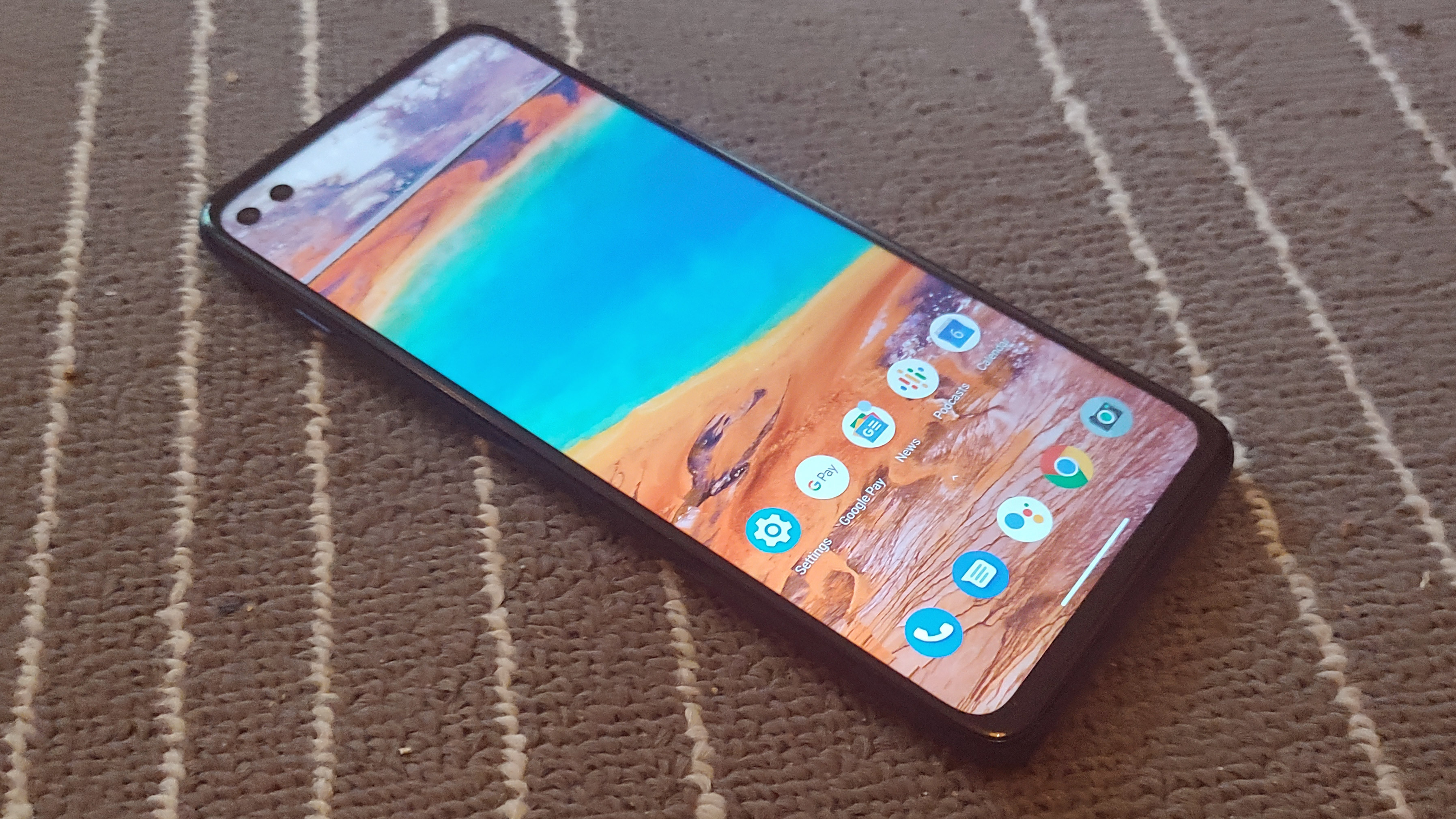
The Moto G 5G Plus was initially announced for the UK and Europe; Motorola wouldn’t comment on the possibility of a wider release, so it’s possible but not confirmed that the handset will roll out to other regions in the future. In the UK and Europe you’ll be able to pick up the phone from July.
The phone comes in two sizing variants - there’s one with 64GB of storage and 4GB of RAM, and that will cost £299 (roughly $375, AU$535), then a slightly more advanced 128GB/6GB one for £349 (around $435, AU635). We tested the former for this review.
At that price the Moto G 5G Plus is the cheapest 5G phone available in the UK, beating the Huawei P40 Lite 5G which previously held that title with its £379 (around $475, AU$675) price. The Motorola phone’s low cost makes it recognizably a member of the budget Moto G Line, as it certainly won’t break the bank.
Design and display
The Moto G 5G Plus changes a bit from its Moto G8 predecessors in a few ways, but it’s still recognizably the same kind of device.
The biggest change in terms of design is that on the back, instead of a vertical camera bump and rear-mounted fingerprint sensor, the camera array is square and there’s no fingerprint scanner to be seen. This has been moved to the right-hand edge of the phone, below the volume rocker.
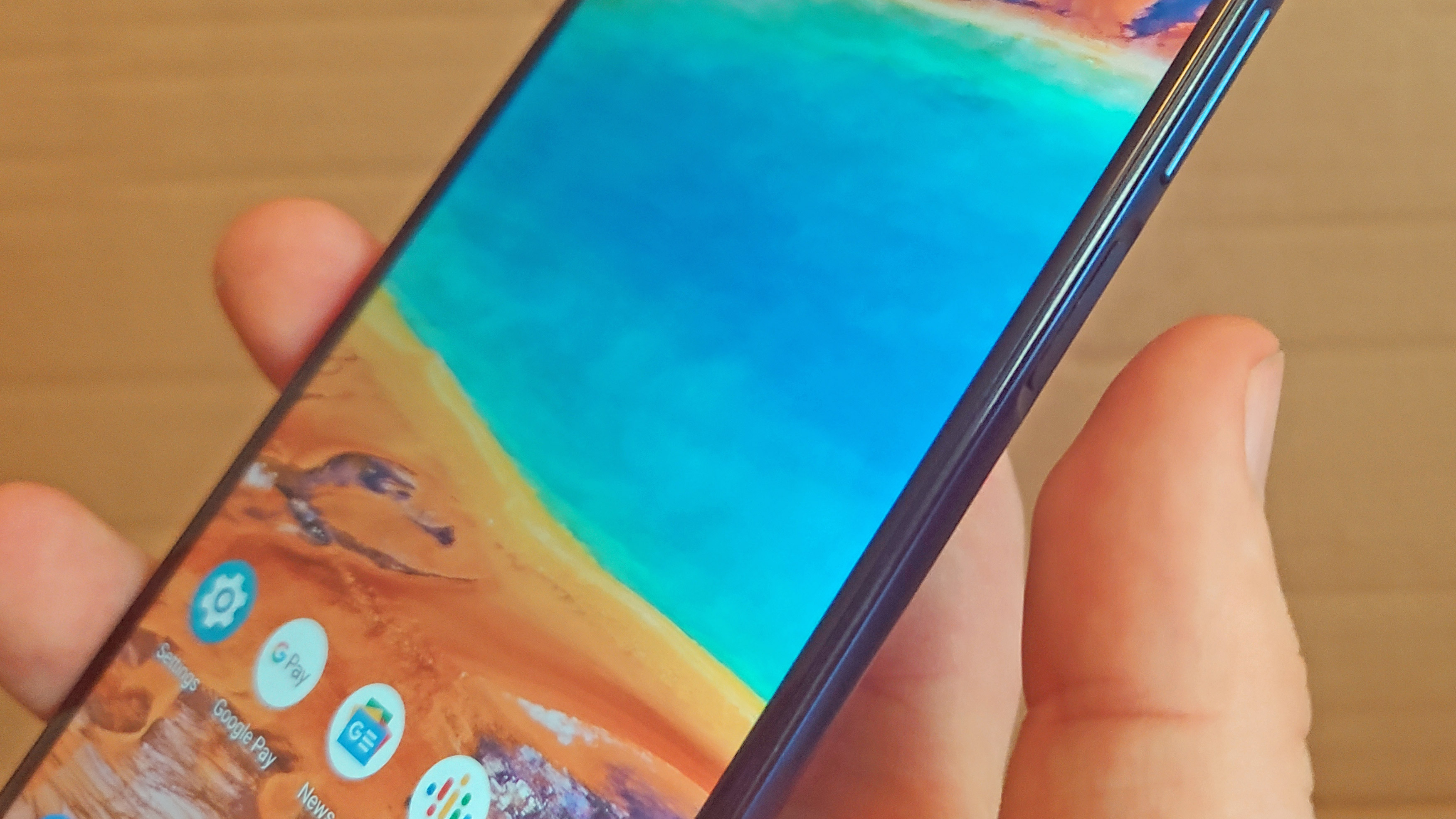
This button is a power button and fingerprint sensor combo, similar to the Honor 20 phones, so when you turn the phone on by pressing the power button it immediately scans your thumb and lets you in.
We liked this feature on the Honor phone, but on the Moto G 5G Plus the button doesn’t stick out enough from the side, so it’s quite hard to press in. It’s also pretty high up, so we had trouble reaching it, and we imagine people with smaller hands would struggle more.
On the left edge of the phone there's a dedicated Google Assistant button, which you don’t see on too many phones nowadays. On the bottom edge of the device there's a USB-C port as well as a 3.5mm headphone jack for wired headphones.
The phone feels pretty big, and in general we wouldn’t recommend it to people with smaller hands, or those looking for a compact device - though there are no 5G phones, and few 4G phones from recent years, which really fit that bill.

The Moto G 5G Plus’ large size is likely thanks to its big screen - at 6.7 inches across, it’s the biggest display on a Moto G phone. The screen has a 21:9 aspect ratio so it’s pretty long and thin, and it also has a 90Hz max refresh rate and HDR10.
The screen is broken up by two individual punch-hole cut-out segments for the two front-facing cameras, and they’re a little far apart so between them they take up a fair amount of space. Along the top of the display there's a bezel, but it’s fairly thin by Motorola’s standards, and the chin is barely any wider.
This is probably the best display we’ve seen on a Moto G phone, thanks to its snappy refresh rate and HDR10 combined with the big size. We’d guess this is an LCD screen as blacks looked rather bright, but that was the only big issue we noticed with the phone during our testing.
Cameras and battery life
The Moto G 5G Plus has a whopping six cameras, if you count those on the front and back, which is a pretty huge number for an affordable phone.
On the rear of the handset there’s a 48MP main, 8MP ultra-wide, 5MP macro, and 2MP depth-sensing camera, then on the front there’s a 16MP main and another 8MP ultra-wide snapper for solo and group selfies respectively.
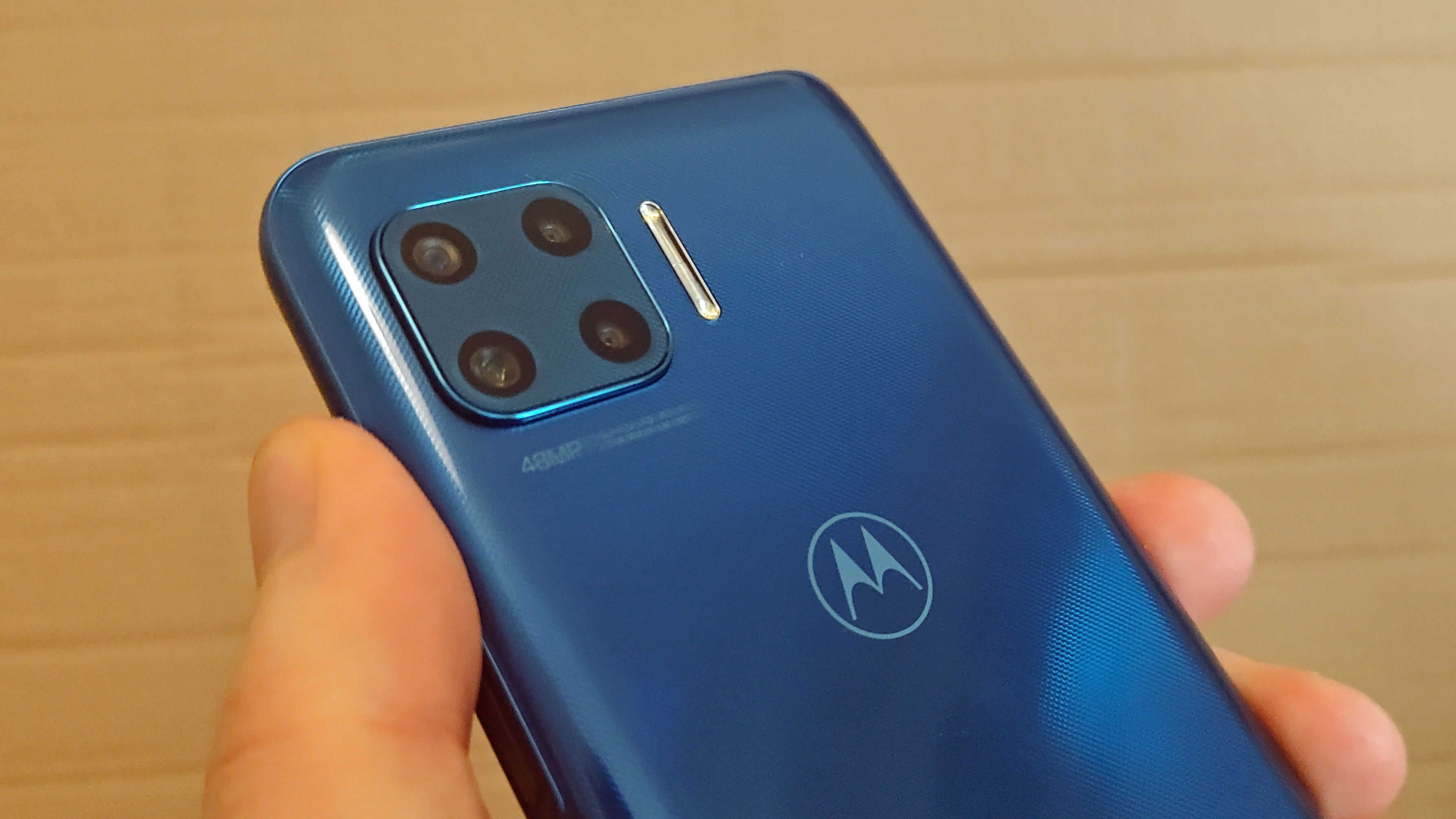
The selfie camera took fine pictures, but by default the automatic beauty feature is on whether you’re taking solo or ultra-wide pictures, and this took pictures which were frankly horrifying. The feature is far too keen to wash away all features to a comedic degree, so we’d recommend turning this off straight away.
Pictures taken on the main camera looked a little pale - likely due to the fact Motorola hasn’t really nailed image optimization software yet - but there was fine detail, depth felt natural, and the 8x digital zoom didn’t look as grainy as digital zoom often does.
The Moto G 5G Plus has a few camera features that are new to this device though, which bring some Google Pixel-esque features to the phone. One of these is Smart Composition, in which the handset takes two pictures when you press the shutter, and automatically crops one using the rule of thirds to try and deliver a better snap. We didn’t get time to test such features in our initial time with the phone, but this promises to help you take far better pictures with the device.
You’re not buying the Moto G 5G Plus because you’re looking for a fantastic camera phone - you’ll have to pay a lot more for something like that - but when we come to do our full review, we expect the phone will square off against its similar-priced rivals pretty well.
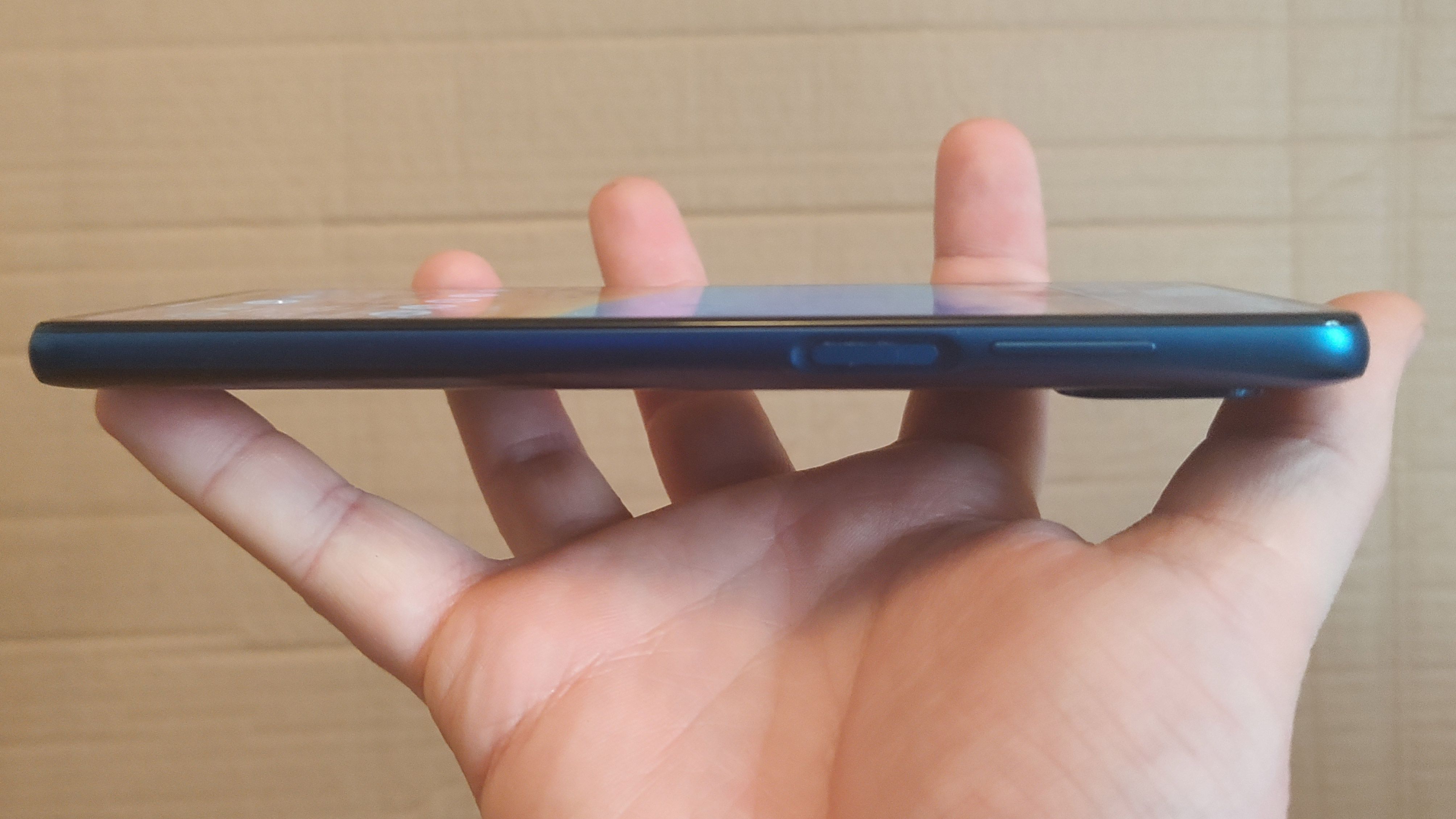
In terms of battery life, the Moto G 5G Plus has a 5,000mAh battery, which Motorola seems to be using in plenty of phones nowadays. We wouldn’t expect the device to last as long as the similar-battery Moto G8 Power, due to the large screen and 5G connectivity, but hopefully it will last a full day of use when we come to do our full review.
The charging speed here is 20W, which is a step up over most Moto G handsets, and while it’s not ‘fast’ by any means (not when quite a few phones have between 30W and 65W charging), anyone used to Moto G phones will find it snappy.
Performance and software
The Moto G 5G Plus has a Snapdragon 765G chipset, which is surprisingly advanced for a device at this price point, and as such it felt pretty snappy to use compared to other Moto G phones. As stated it comes with either 4GB or 6GB of RAM; we tested it with the former.
The phone is 5G-compatible too, as you can probably tell from the name, making it the most affordable 5G phone in the regions it has launched in. That said, while the phone is cheap 5G contracts often aren’t yet, so you’ll still potentially be paying quite a lot.
The Moto G 5G Plus runs on Android 10, and it’s a mostly stock version of the Google-made operating system, not a custom overlay like most companies use. It feels pretty slick to use, with a design familiar to most people who use Motorola, Nokia or Google Pixel devices.
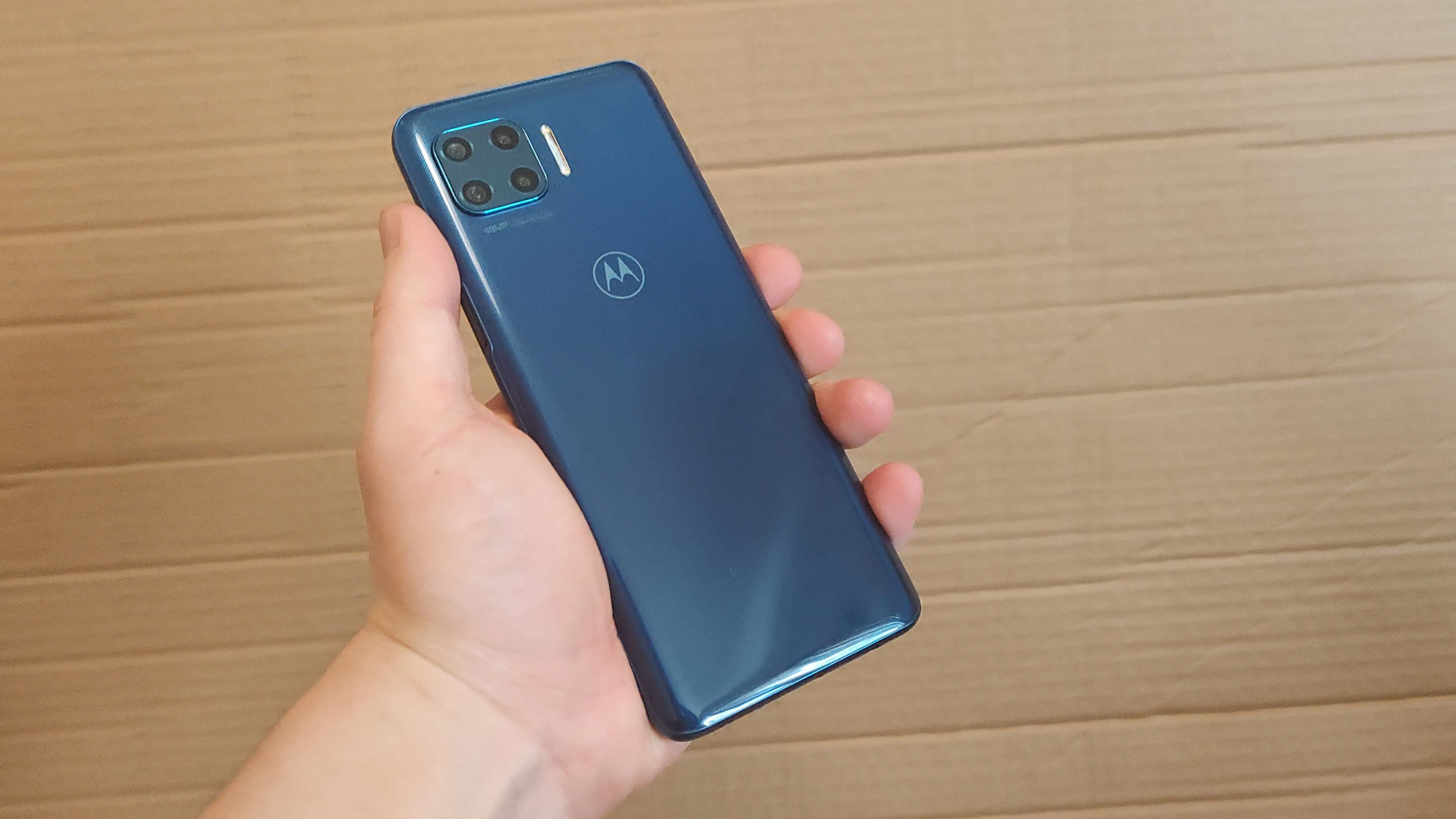
Motorola has brought some variations to the table though, in the form of My UX. My UX lets you customize the way font, font color, and icons look, as well as including a range of Moto Actions like shaking your phone to turn on the flashlight or twisting it to open the camera.
There's also one new software feature in the Moto G 5G Plus. You can now tap twice on its side-mounted fingerprint sensor, when the device is on, to bring up a range of shortcuts.
Initially these are frequently-used apps, but you can change them for more useful shortcuts - an example the company used was a shortcut to your home in Google Maps, so you just have to press the icon to quickly find directions. We also mapped one to a loved one’s phone number so we could easily call them.
My UX debuted in the Motorola Edge earlier in 2020 (although Moto Actions have been in the company’s phones for years now) but the inclusion of a new trick in this phone suggests the company will be bringing even more to future devices.
Early verdict
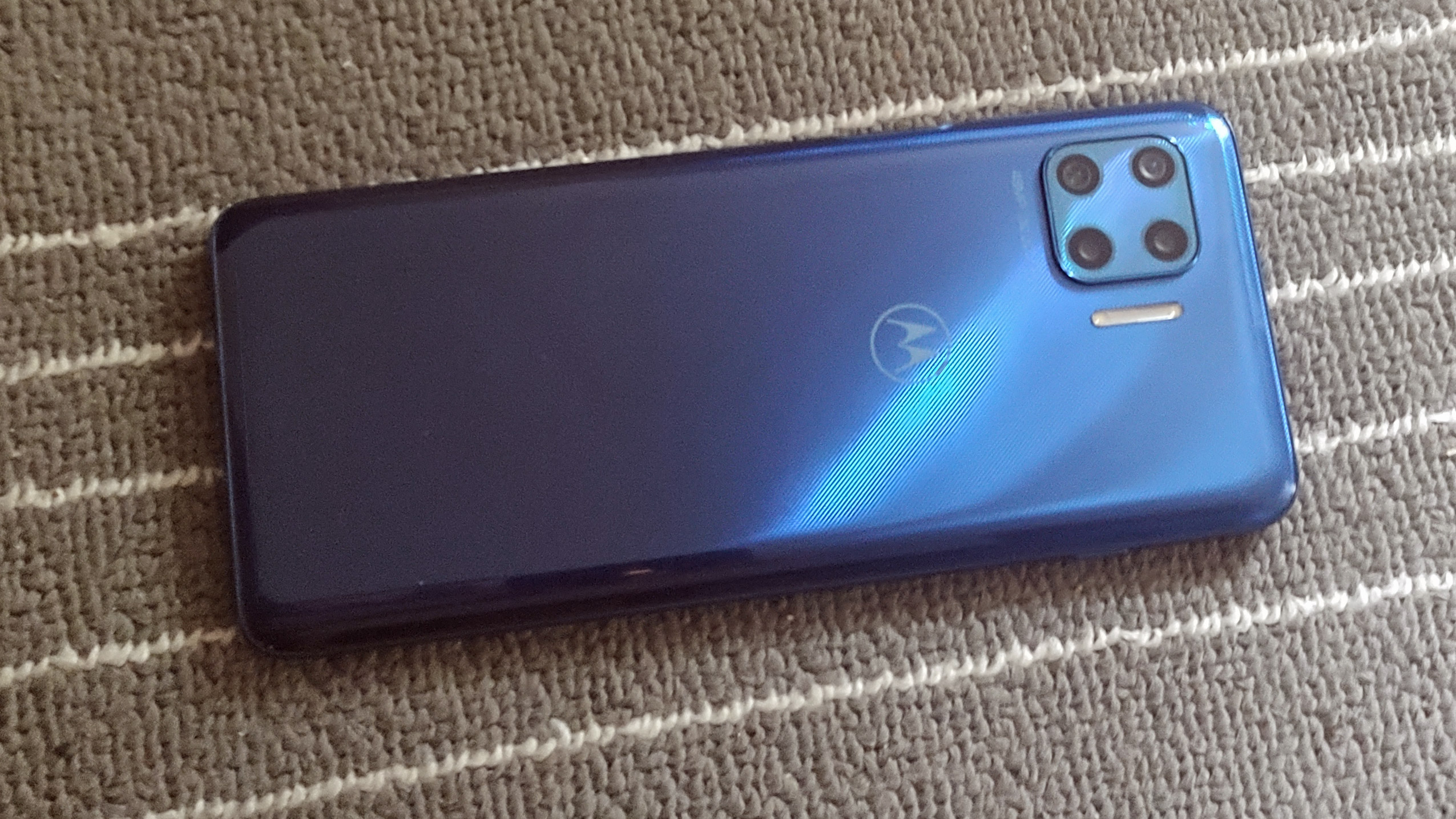
In general the Moto G 5G Plus seems better than your average Motorola G-range phone - there are certainly fewer corners cut than you normally find on such a handset, although the company still seems convinced that bigger equals better for the Moto G line, a sentiment we’re not sure we agree with.
The screen size and aspect ratio will be good for people who like to watch movies or play games on the go, something which 5G makes even better, although there are certainly better 5G phones out there. The camera capability could also be better based on our early tests, though the software features could prove useful.
If you’re in the market for a 5G phone but want the cheapest one possible, the Moto G 5G Plus is likely the phone for you - although given that name we’d expect a non-Plus, more affordable version soon, so maybe it's worth waiting.
0 comments:
Post a Comment